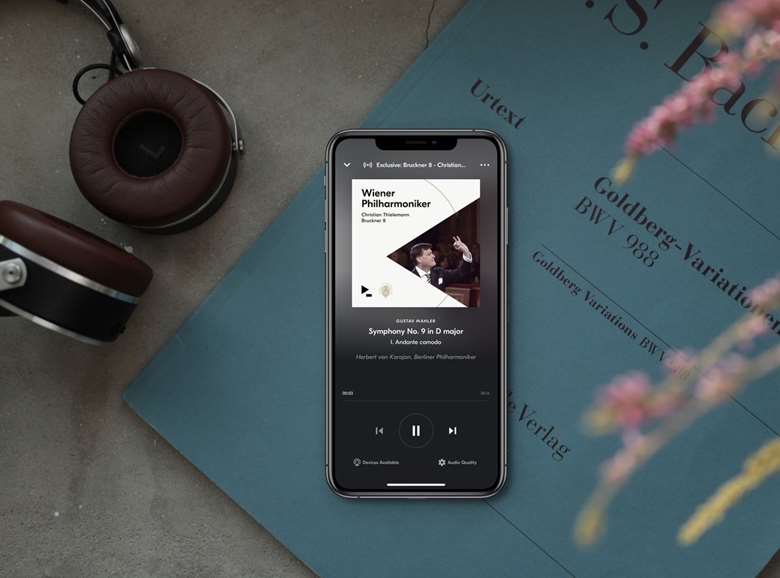Why classical music streaming is good for the industry
Steve Long
Saturday, November 7, 2020
BPI figures show that growth in streaming provides a real opportunity for artists and record labels


Register now to continue reading
Don’t miss out on our dedicated coverage of the classical music world. Register today to enjoy the following benefits:
- Unlimited access to news pages
- Free weekly email newsletter
- Free access to two subscriber-only articles per month